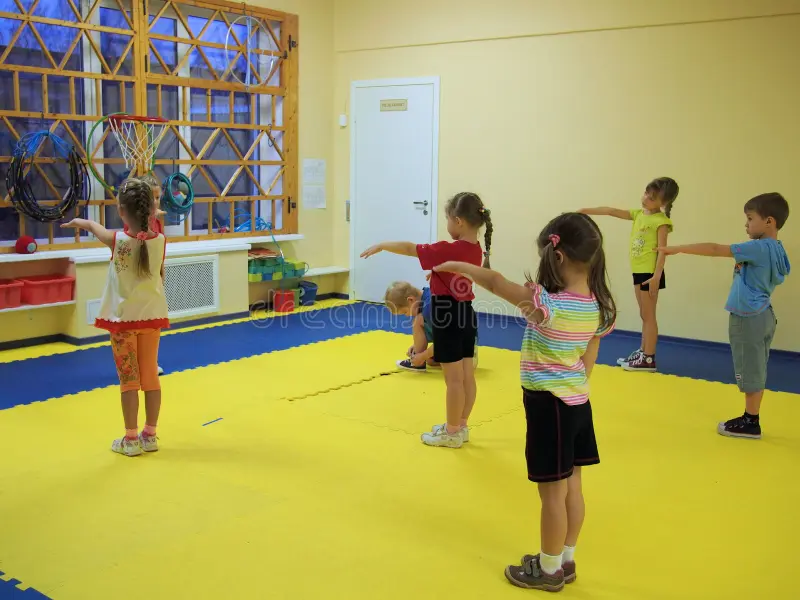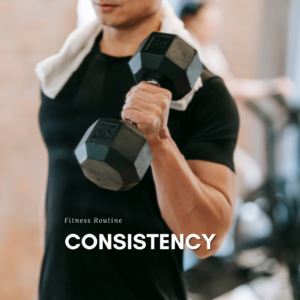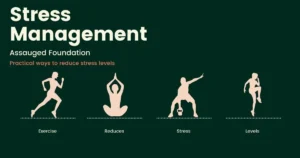
Hitting snooze again? 📱 As a student, you’re probably familiar with the morning struggle – dragging yourself out of bed, rushing to class, and feeling mentally foggy until noon. But what if just 15 minutes of morning movement could transform your entire day?
Research shows that students who exercise in the morning experience better focus, improved memory retention, and higher energy levels throughout their academic day. Yet, between cramming for exams, juggling assignments, and maintaining a social life, finding time for morning exercise can seem impossible. That’s where smart, student-specific workout strategies come in. 🌅
Let’s explore five game-changing approaches to morning exercises that fit perfectly into your busy student schedule – from quick warm-ups that wake up your body to brain-boosting movements that prepare you for class. These techniques are specifically designed to work with your morning routine, not against it.

Quick Warm-Up Exercises
Stretching Routine for Better Flexibility
Start your day with these essential stretches:
- Neck rolls (10 rotations each direction)
- Shoulder circles (15 seconds)
- Standing forward bend (20 seconds)
- Standing quad stretch (15 seconds each leg)
- Cat-cow stretch (8 repetitions)
Jumping Jacks for Instant Energy
Jumpstart your morning with this energizing sequence:
| Duration | Activity | Intensity |
|---|---|---|
| 30 sec | Regular jumping jacks | Moderate |
| 15 sec | Half jumping jacks | Light |
| 15 sec | Power jumping jacks | High |
Basic Yoga Poses for Focus
Incorporate these beginner-friendly poses:
- Mountain Pose (30 seconds)
- Child’s Pose (45 seconds)
- Downward Dog (30 seconds)
- Warrior I (20 seconds each side)
These simple poses enhance mental clarity and physical awareness. Remember to breathe deeply through each movement, holding poses long enough to feel a gentle stretch without strain. Start with 2-3 rounds of jumping jacks, followed by your choice of stretches, and finish with yoga poses that resonate with your body’s needs.
Now that your body is properly warmed up, let’s explore some time-efficient workouts that fit perfectly into your busy student schedule.

Time-Efficient Workouts
5-Minute Cardio Burst
- Jump rope in place (no rope needed)
- High knees
- Mountain climbers
- Jumping jacks
- Burpees without push-ups
Perform each exercise for 45 seconds with 15-second transitions between moves.
Desk-Friendly Exercises
- Chair squats: Stand up and sit down 10 times
- Desk push-ups: Place hands on desk edge
- Seated leg raises
- Ankle rotations during reading
- Shoulder blade squeezes while typing
Room-Based Strength Training
| Exercise | Reps | Target Area |
|---|---|---|
| Wall push-ups | 10-15 | Upper body |
| Lunges | 12 each leg | Lower body |
| Plank holds | 30 seconds | Core |
| Calf raises | 20 | Lower legs |
Between-Study Interval Training
Maximize study breaks with these quick exercises:
- 20 jumping jacks
- 10 squats
- 10 arm circles
- 30-second plank
Complete one round between each study session to maintain energy levels. These exercises require minimal space and equipment, making them perfect for dorm rooms or small study areas. For best results, maintain proper form and breathe steadily throughout each movement.
With these time-efficient workouts mastered, let’s explore how specific movements can enhance your cognitive function and learning ability.
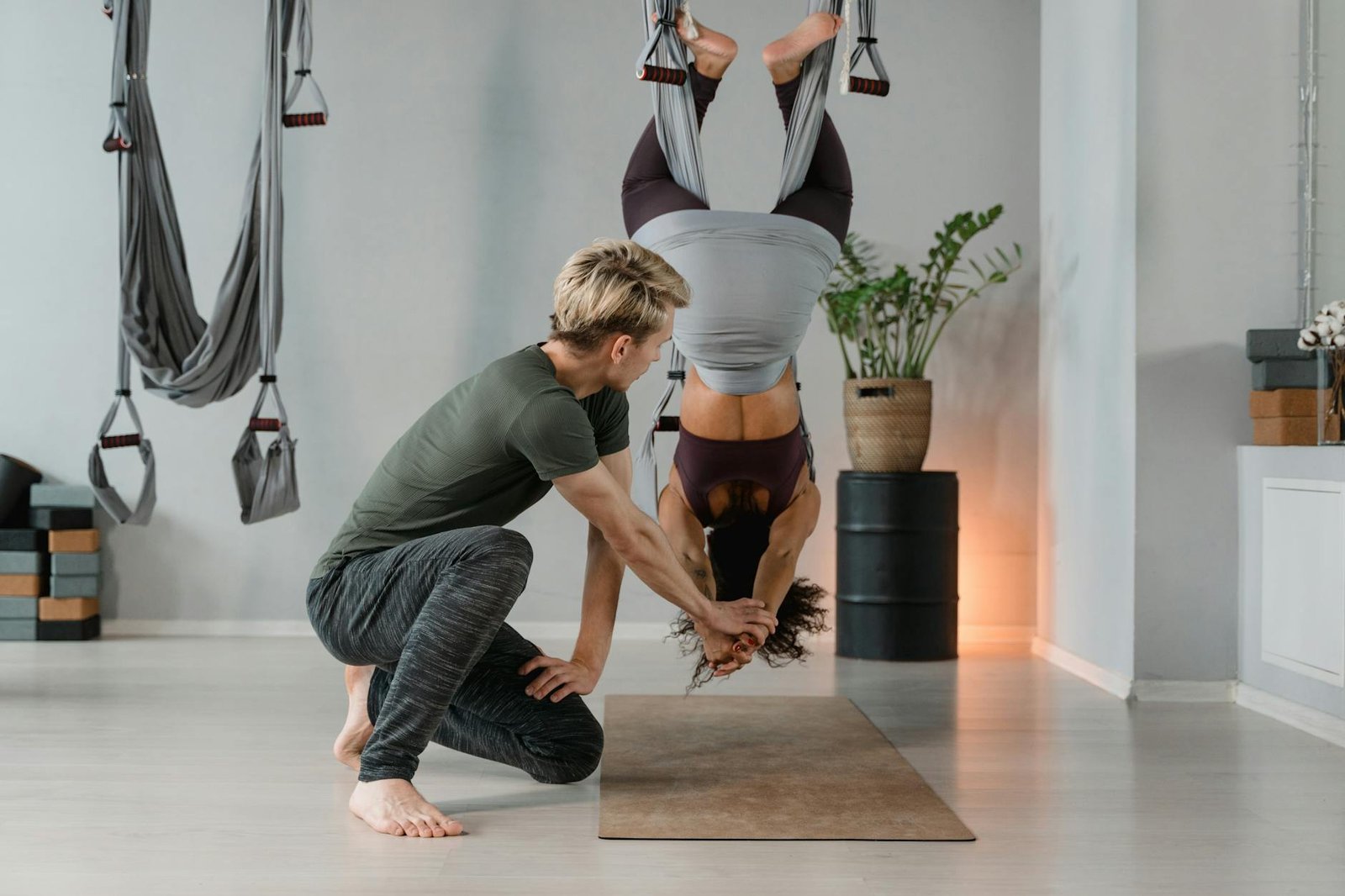
Brain-Boosting Movement
Cross-body Coordination Exercises
Cross-body movements activate both brain hemispheres, enhancing cognitive function and mental alertness. Try these coordination-boosting exercises:
- Opposite arm-to-leg touches while standing
- Cross-crawl marches
- Diagonal arm and leg reaches
- Cross-body arm swings
Balance Exercises for Mental Alertness
Balance exercises require focus and engage multiple brain regions simultaneously. Here’s a progression of balance movements:
| Exercise | Duration | Difficulty Level |
|---|---|---|
| Single-leg stand | 30 seconds/side | Beginner |
| Tree pose | 45 seconds/side | Intermediate |
| Flamingo swings | 20 reps/side | Advanced |
Breathing Exercises for Concentration
Proper breathing techniques oxygenate the brain and improve focus. Practice these breathing exercises:
- Box Breathing: Inhale (4 counts), hold (4 counts), exhale (4 counts), hold (4 counts)
- Alternate Nostril Breathing: Close right nostril, inhale left, switch, exhale right
- Deep Belly Breathing: Place hand on stomach, breathe deeply for 5-10 cycles
These movements stimulate neural pathways and increase blood flow to the brain, preparing you for optimal learning. Combined with regular practice, these exercises enhance memory retention and cognitive performance.
Now, let’s explore how to effectively plan these exercises into your daily routine as a student.
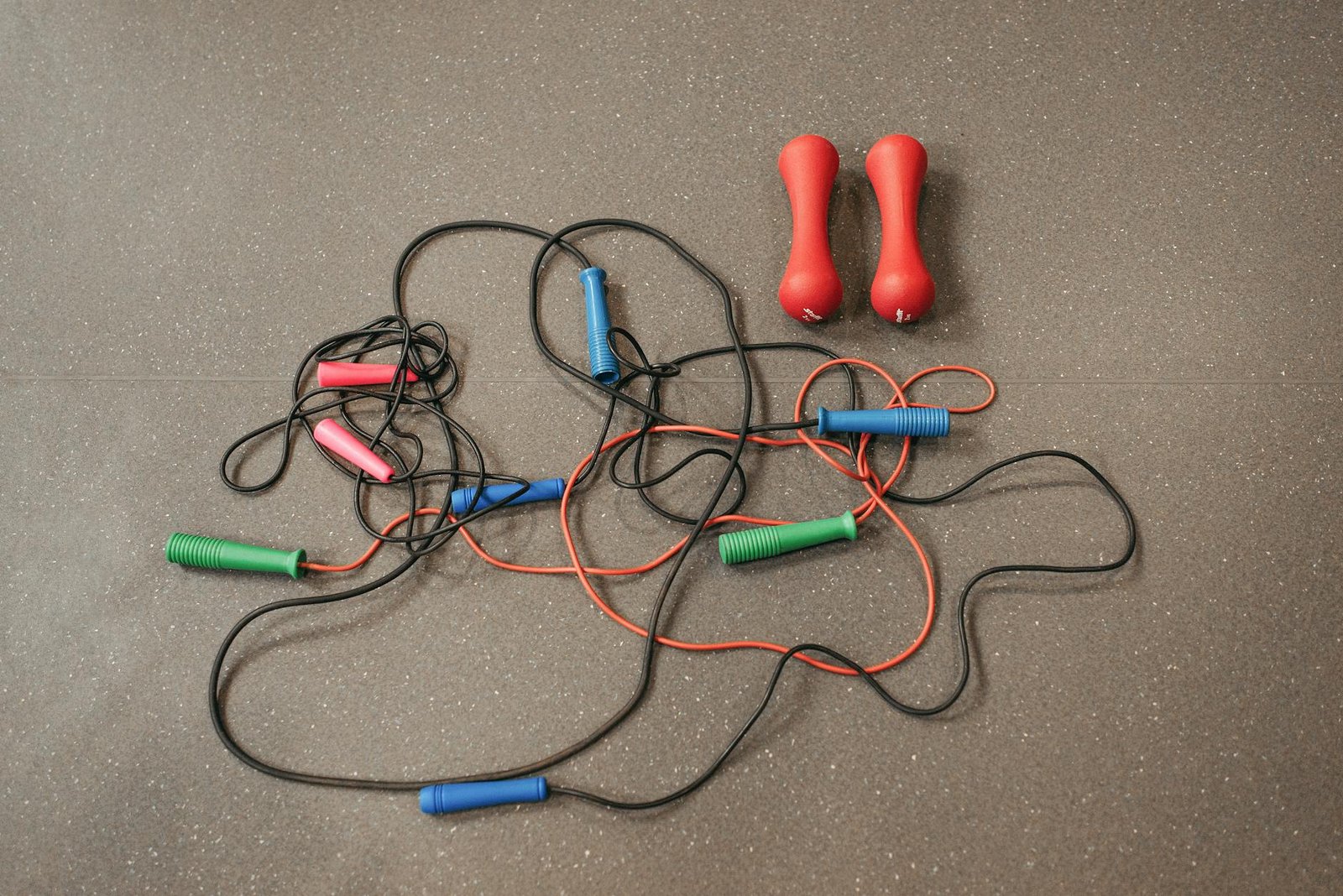
Exercise Planning for Students
Best Times for Morning Workouts
The optimal time for student workouts is 30-60 minutes before starting the day’s first class. Here’s a breakdown of ideal workout timing:
- 5:30-6:00 AM: Best for early classes
- 6:30-7:00 AM: Ideal for regular school schedules
- 7:30-8:00 AM: Suitable for late starters
Exercises Based on Study Schedule
| Study Load | Workout Duration | Exercise Type |
|---|---|---|
| Heavy | 15-20 minutes | High-intensity |
| Moderate | 20-30 minutes | Mixed intensity |
| Light | 30-45 minutes | Full routine |
Workout Intensity Guidelines
Balance your exercise intensity with your academic schedule:
- Exam periods: Light cardio and stretching
- Regular school days: Moderate intensity workouts
- Weekend mornings: Full-intensity sessions
- Study breaks: Quick energy-boosting exercises
Equipment-Free Routines
Create an effective morning routine using these bodyweight exercises:
- 10 jumping jacks
- 5-10 push-ups
- 15 squats
- 30-second plank
- 10 lunges per leg
These movements can be modified based on fitness level and available time. Remember to start with easier variations and progressively increase difficulty.
With a solid exercise plan in place, let’s explore how to make these morning workouts a lasting habit.
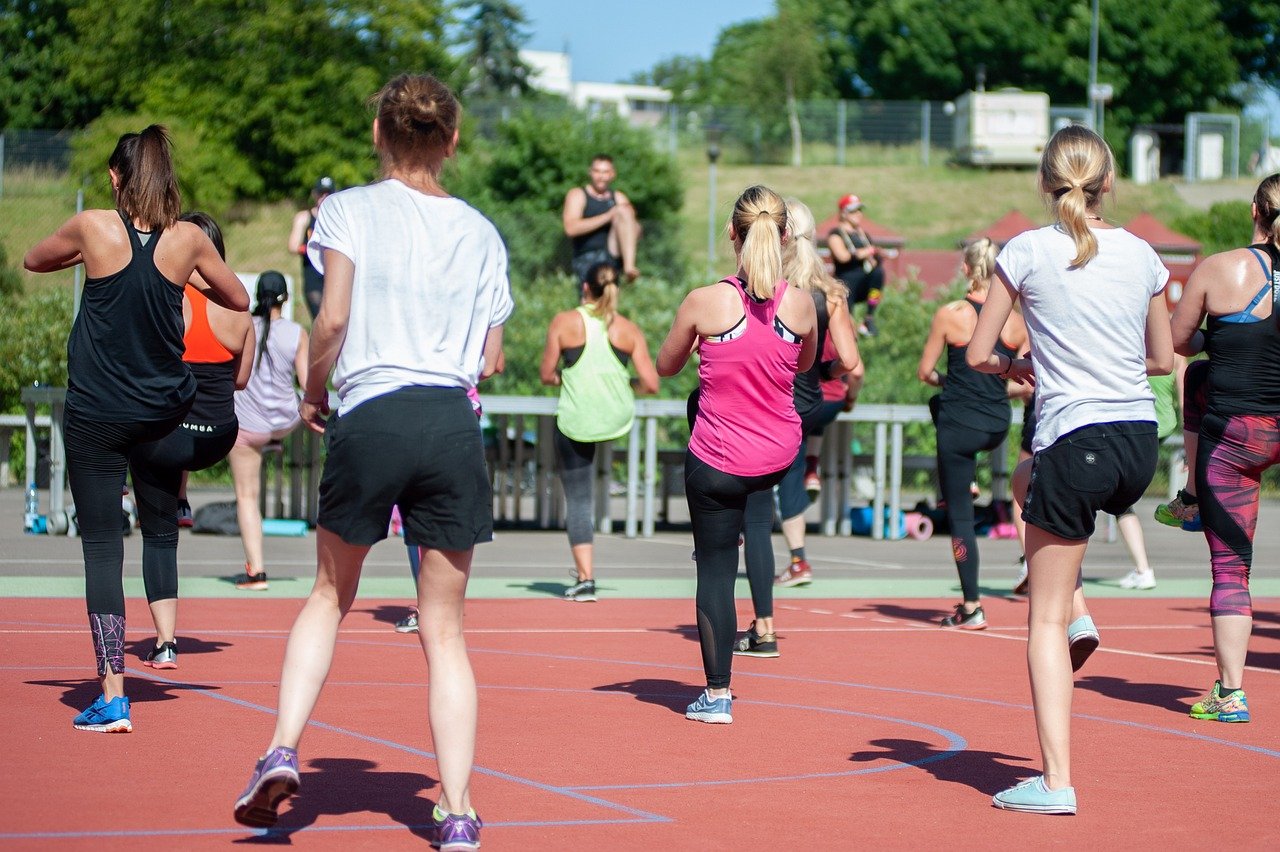
Making Exercise Habits Stick
Building a Morning Routine
Start by establishing a consistent wake-up time and laying out exercise clothes the night before. Create a simple morning sequence that moves from basic tasks to exercise:
- Wake up at the same time daily
- Drink water immediately
- Change into exercise clothes
- Complete 5-minute stretching
- Begin planned workout
Exercise Tracking Methods
Track your progress using these effective methods to maintain motivation and consistency:
| Tracking Method | Benefits | Best For |
|---|---|---|
| Fitness Apps | Automatic tracking, social features | Tech-savvy students |
| Exercise Journal | Detailed reflection, personal notes | Visual learners |
| Calendar System | Simple streak tracking, scheduling | Busy schedules |
| Habit Tracker | Multiple habit monitoring | Goal-oriented students |
Accountability Strategies
Implement these proven accountability techniques to maintain your exercise routine:
- Partner with a classmate for morning workout sessions
- Join university sports clubs or fitness groups
- Share progress on fitness-focused social media
- Set weekly goals with measurable outcomes
- Schedule monthly fitness assessments
- Use reminder apps for consistent workout times
Remember to reward yourself for hitting milestones, such as completing a full month of morning exercises. This positive reinforcement helps cement the habit. With these tracking methods and accountability systems in place, you’re ready to explore new workout variations to keep your routine fresh and engaging.
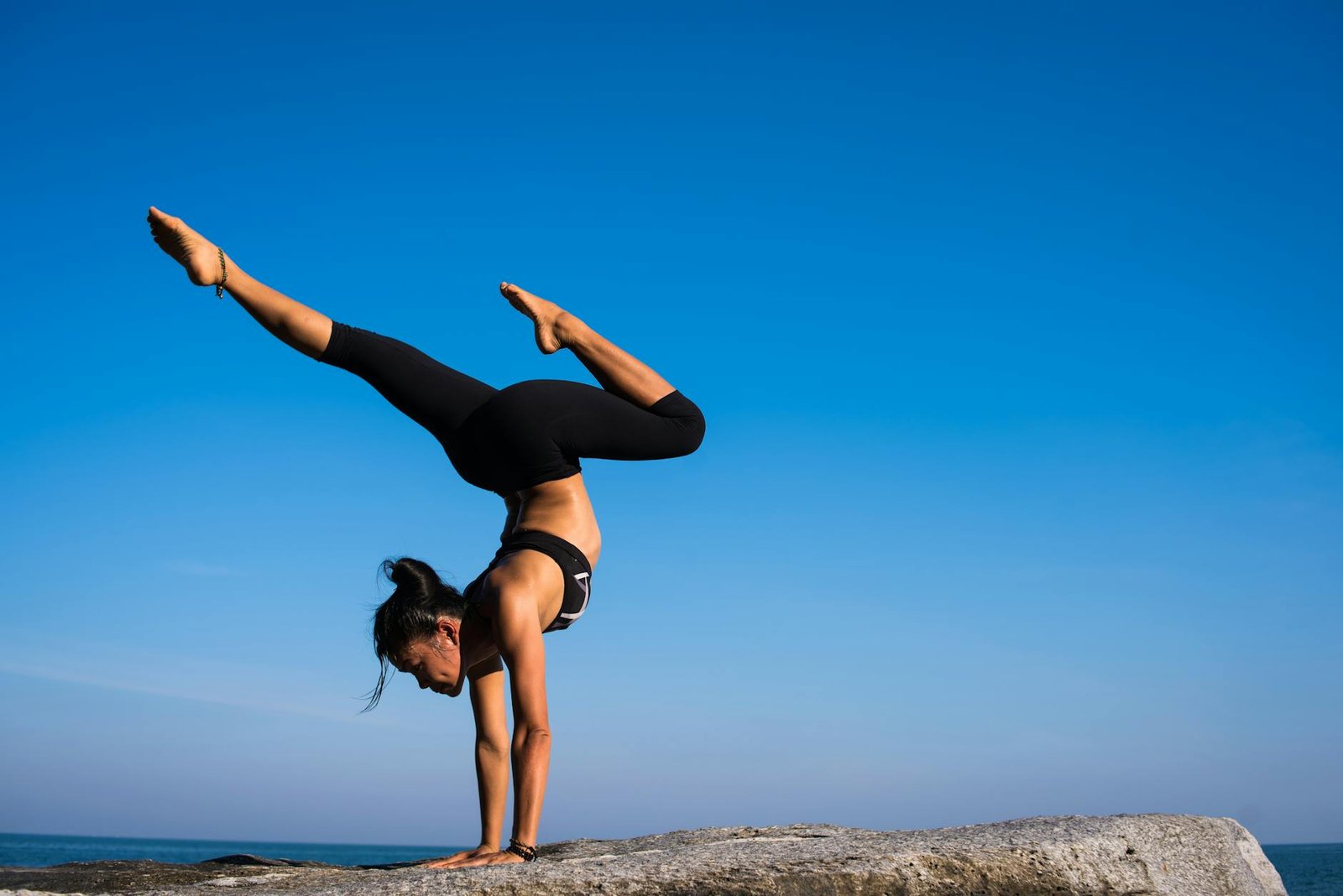
Starting your day with quick morning exercises can transform your student life, boosting both academic performance and overall well-being. From simple warm-ups to brain-boosting movements, these exercises take minimal time but deliver maximum benefits for your body and mind. By planning your workouts strategically and focusing on time-efficient routines, you can easily integrate exercise into your busy schedule.
Take the first step tomorrow morning – begin with just 10 minutes of movement. As you build consistency and experience the enhanced focus, energy, and productivity these exercises bring, you’ll naturally want to make them a permanent part of your daily routine. Remember, the key to academic success isn’t just about studying – it’s about maintaining a healthy, active body that supports your learning journey.

